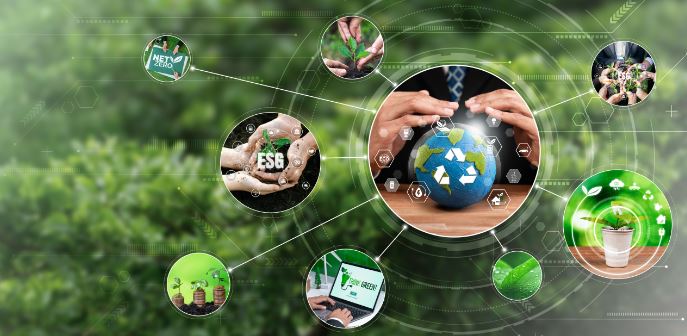Circular Economy: “Take, Make, and Dispose”
Circular Economy: “Take, Make, and Dispose”
The circular economy promotes the reuse, repair, renewal, and recycling of existing materials and products, extending their lifecycle and minimizing waste. In the industrial sector, the implementation of circular economy practices can significantly contribute not only to environmental sustainability but also to creating competitive advantages and new business opportunities.
Key Principles of the Circular Economy:
- Design for Sustainability: Products should be designed to facilitate repair, reuse, and recycling.
- Maintenance and Repair: Extend the lifespan of products through maintenance and repair services.
- Reuse and Distribution: Facilitate the reuse of products.
- Recycling: Transform materials and products at the end of their lifecycle.
- Renewable Energy: Use renewable energy sources to minimize the carbon footprint of industrial processes.
The introduction of the circular economy in the industrial sector requires specific skills and a shift in corporate mindset. The transition to a circular economy may initially require substantial investments to cover technology, processes, and training. Managing circular supply chains and product recovery systems can be complex and demand new skills.
Workers and leaders in the industrial sector need continuous training in sustainable practices and circular economy principles. This can involve internal training programs as well as collaboration with institutions to develop suitable projects.



